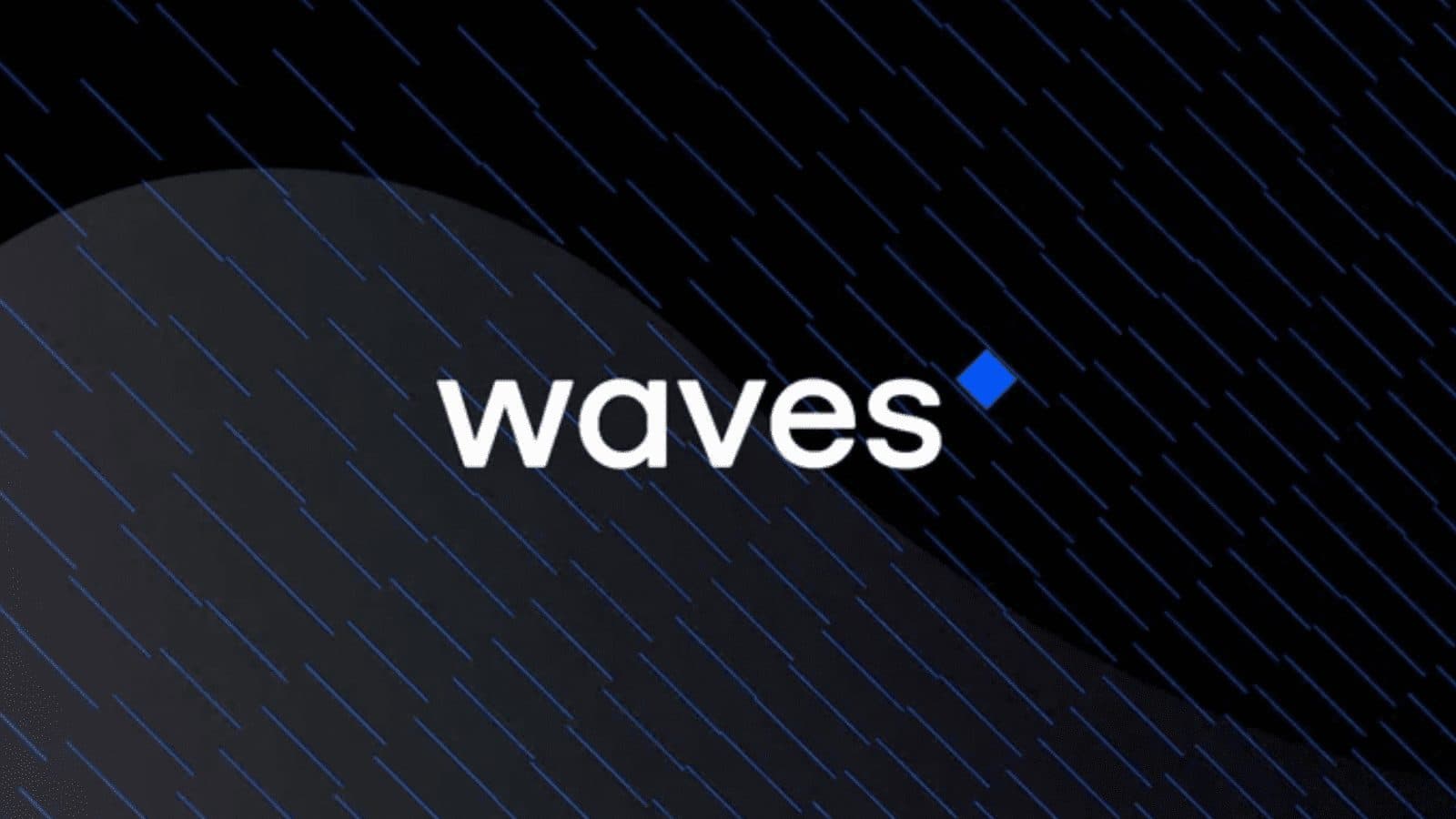Algorithmic Stablecoin Neutrino USD is on the Brink of Failure
USDN, the tenth-largest stablecoin by market cap is about 20% off its peg, throwing the Waves ecosystem into crisis

- USDN has been trading below $1 since Friday, April 1
- The TVL of the Waves DeFi ecosystem has dropped by $1.3 billion, more than 27%
An emerging stablecoin with a recent market cap approaching $1 billion has diverged dangerously from its US dollar peg — calling its very existence into question.
USDN, the stablecoin of the Waves blockchain ecosystem, is supposed to be worth $1, but as of Monday at 5:15 pm ET, it traded for just 81 cents.
USDN, or Neutrino USD, is considered an algorithmic stablecoin because its supply can expand and contract by burning or minting WAVES, the native token of the proof-of-stake Waves protocol.
WAVES was on an absolute tear as recently as Thursday, when it was trading up 600% in a little over a month. But now, smashed by USDN’s woes, WAVES is crashing down.
[stock_market_widget type=”accordion” template=”chart” color=”#681FB2″ assets=”WAVES-USD” start_expanded=”true” display_currency_symbol=”true” api=”yf” chart_range=”1mo” chart_interval=”1d”]
Most of the economic activity and total value locked (TVL) in the Waves ecosystem is linked to the use of USDN.
The ability of the Neutrino protocol to issue USDN is related to the price of WAVES, because USDN is backed in kind by staked WAVES tokens. The price also impacts the yield users earn on USDN in the Vires Finance dApp, Waves’ money market protocol — similar to Compound or Aave on Ethereum. As WAVES increases in value, so does interest earned by depositors.
But last week, a pseudonymous DeFi analyst, going by the username 0xHamz, alleged that Waves was using the USDN minting process, combined with Vires, to artificially inflate both the price of WAVES and the supply of USDN.
Citing on-chain data, 0xHamz outlined a pattern of depositing USDN as collateral to borrow other stablecoins, which were transferred to Ethereum and then to the Binance exchange, followed by commensurate withdrawals of WAVES, which go toward minting additional USDN.
A blockchain’s value tends to grow with increased usage, but as 0xHamz pointed out, transactions on Waves have been stagnant or declining since its 2019 peak.
Wave’s TVL is almost entirely attributable to Neutrino — a reflection of staked WAVES — and Vires Finance, according to DeFi Llama data.
A recent “transformation plan” notes that 80% of WAVES are deployed in staking. The roadmap calls for upgrading the blockchain consensus mechanism and adding compatibility with the Ethereum Virtual Machine (EVM).
Waves Founder and Lead Developer Sasha Ivanov is moving to an advisory role with development responsibility shifting to a new US company, Waves Labs, the company said.
Ivanov blamed Alameda Research, alleging price manipulation to profit from a short position in a Twitter thread on Sunday, a claim Alameda founder Sam Bankman-Fried dismissed as a “conspiracy theory.”
A spokesperson for Waves Labs did not respond to a request for comment.
Get the news in your inbox. Explore Blockworks newsletters:
- The Breakdown: Decoding crypto and the markets. Daily.
- 0xResearch: Alpha in your inbox. Think like an analyst.






